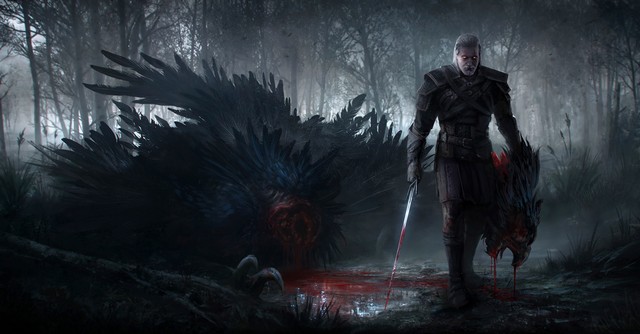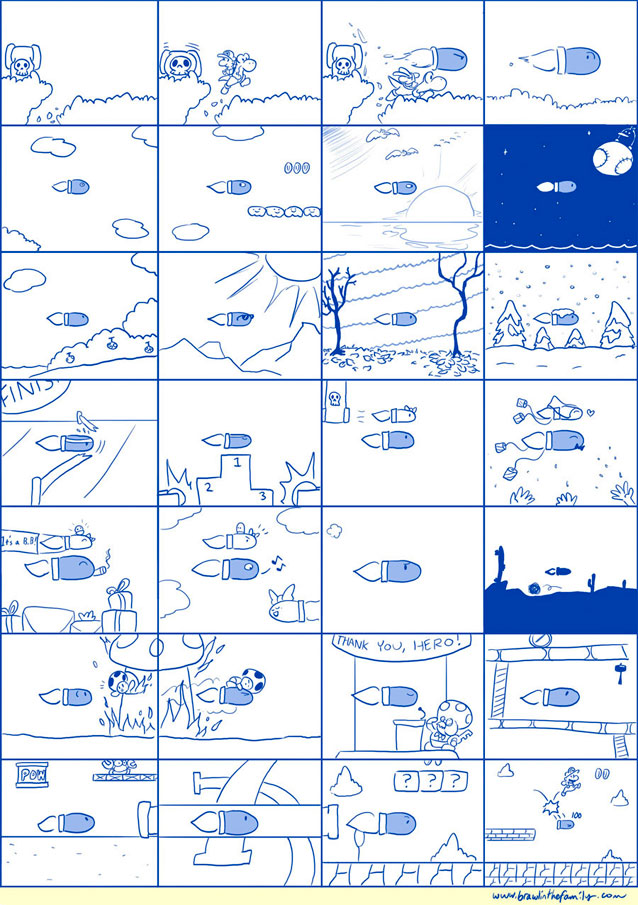

Finally. After two years and a lineup of wannabes as long as Tommy Lee’s… list of sexual partners, there’s finally a top-down arcade shooter worthy of being compared to the 360’s amazingly compelling neon-and-techno laserathon, Geometry Wars Evolved. It’s just as colorful, just as fresh, just as likely to infect you with the “just one more game” fever, and even more unique despite a charmingly humble, wildly inaccurate name: Everyday Shooter.
On paper, Everyday Shooter seems typical. You are a small, haloed diamond-thing that moves around the screen with the left analog stick and belches pulsating destruction in whatever direction you point the right stick. Mostly abstract geometric shapes begin to drift by, and you blow them up. It’s standard gameplay copied straight from the Big Book of Top-down, Two-stick Arcade Shooters written by Robotron 2084 back in 1982.
Except it’s not. Not even close. As you start pumping hot geometric death into the various shapes around you, you’ll immediately notice that every direct hit adds a note to the churning guitar music in the background. Neat. Then you kill a larger enemy, and a chord is struck. Then, you blast one particular enemy and it blossoms into an explosion that causes any enemy it touches to explode as well, and any enemy that touches that explosion blows up to, and so on, leaving a mosaic of blinking white dots that you collect for points.
And that’s when you realize this isn’t a simple shooter. It’s a shooter with interactive music and a deeper, almost puzzle-like strategy: Should you just blast everything, or should you let the screen become clouded with enemies and hunt only the ones that cause chain reactions?
Then the song ends, the soundtrack to level two begins, and everything changes. Here, there are organic “home base” enemies, sort of like plasma-spitting amoebas, that swell, grow, and interconnect with one another via barely visible wires. If you overcome the urge to play a guitar solo by picking away at the smaller enemies and concentrate on destroying a base, the damage ripples down the wires to connected bases, accompanied by a sound that vaguely resembles plucked bass strings.
Level three is, of course, another totally different musical, artistic, and gameplay experience, as are all of the game’s levels (there are nine in total). Each has its own rules, its own look, its own sound.



